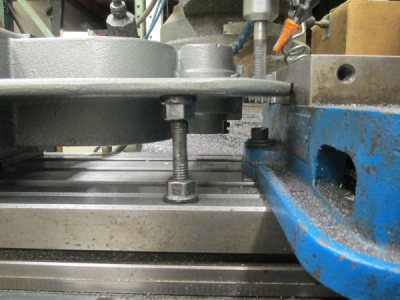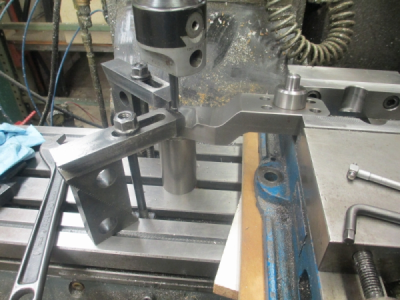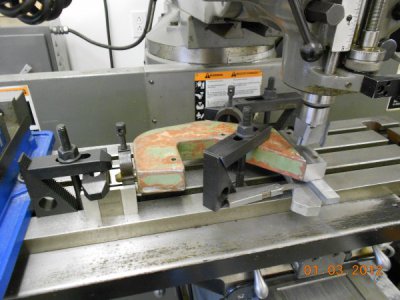I have a vise casting. As a learning project I want to make the complete vise. Some of it is easy to figure out but, starting right off with a problem. Here is the casting. I want to make the bottom flat and as level as possible so I have a basis to machine the top and sides correctly. I have a small mill and lathe but, nothing like a surface grinder. I can't put in mill vise upside down because it is unsupported using the curved jaw or the jaw keeps me from clamping on the anvil part.
SO, how do I mount this part to machine the bottom flat?
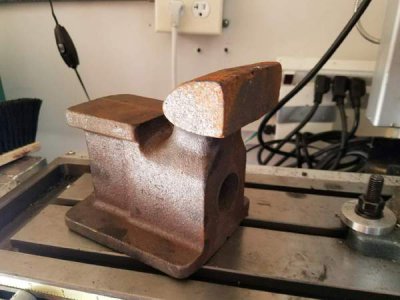
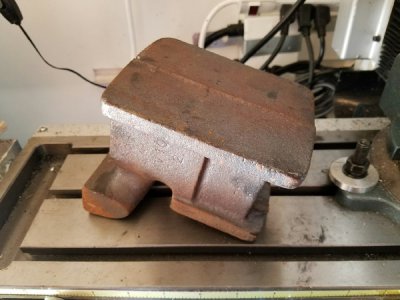
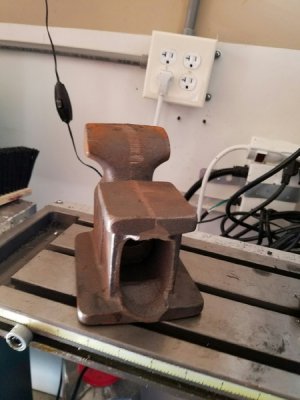
I'd appreciate some tips/help.
Thanks,
Regis
SO, how do I mount this part to machine the bottom flat?



I'd appreciate some tips/help.
Thanks,
Regis


